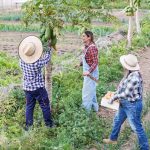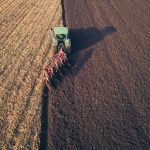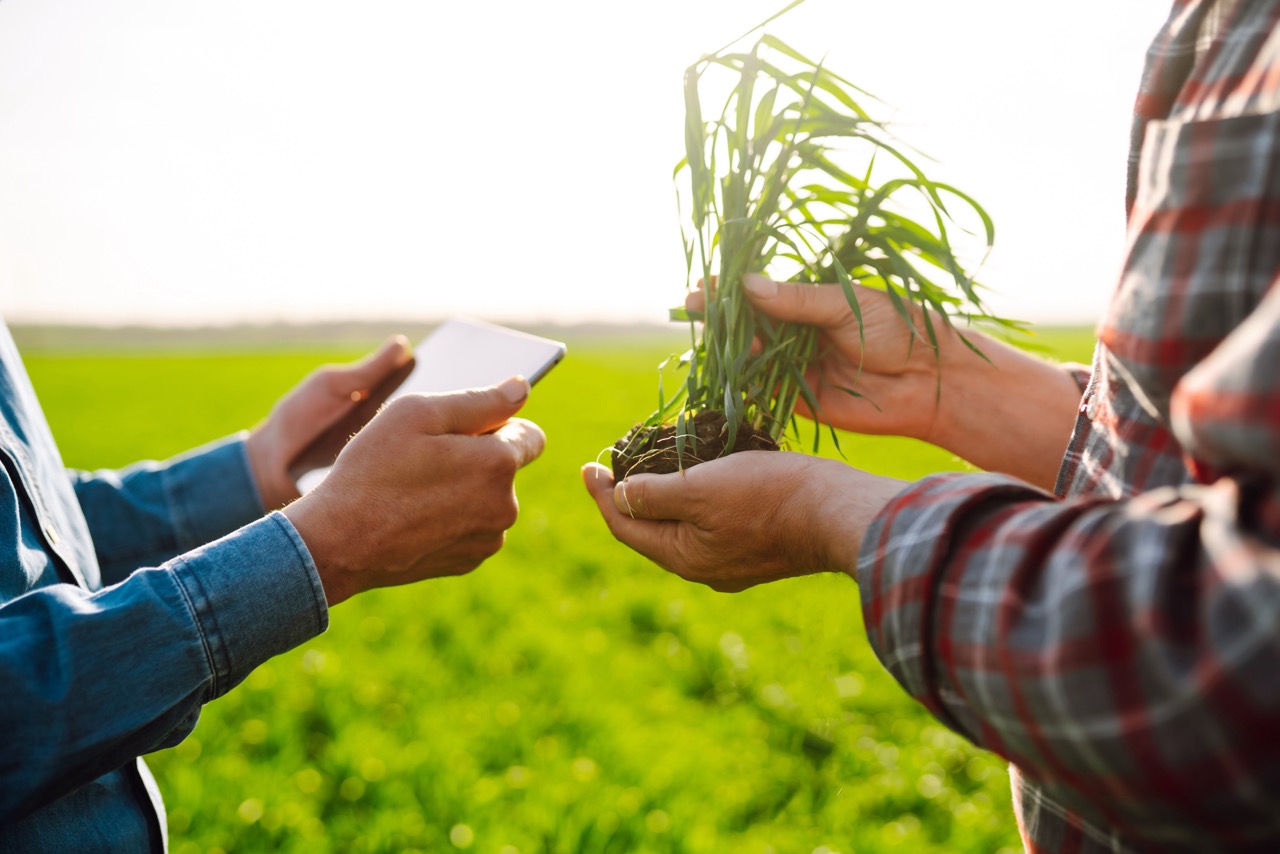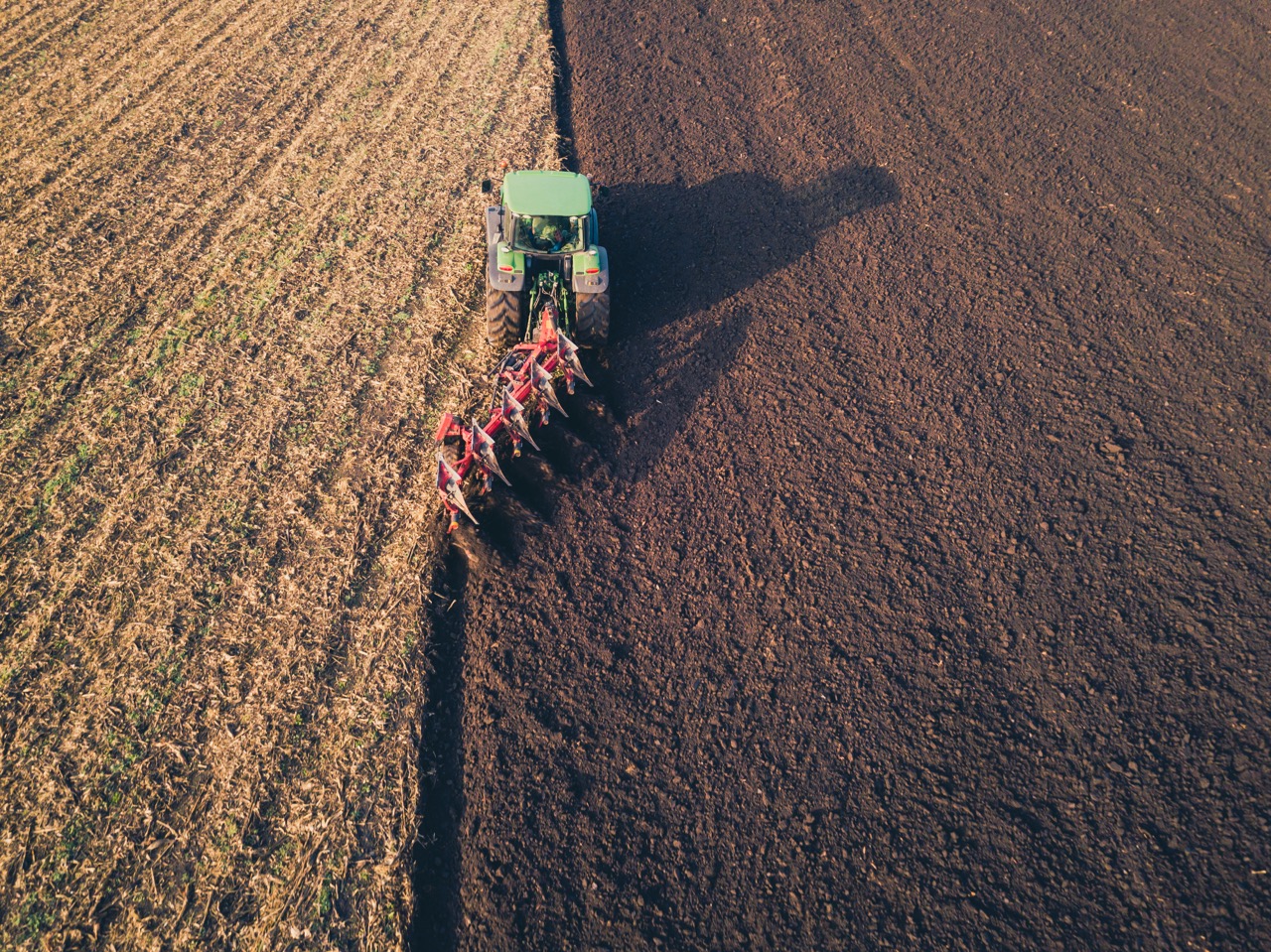In the agricultural industry, the decision to buy or lease farmland is one that many farmers face, and the choice can significantly impact their operations and financial health. Each option comes with its unique set of advantages and disadvantages that can influence everything from crop production to long-term financial security. Understanding the essentials of these two approaches is crucial for stakeholders deciding how best to manage their agricultural investments.
Understanding the Basics: Buying vs. Leasing Farmland
When considering farmland acquisition, farmers typically weigh the options of buying or leasing. Buying farmland involves purchasing the land outright, providing the owner with full control and ownership rights. This process often requires a substantial upfront investment, including a down payment and ongoing maintenance costs. In contrast, leasing farmland allows farmers to rent the land for a specified period while paying a recurring fee, usually in the form of cash rent or crop share. Leasing can be more accessible for those who may lack the capital for a purchase, but it also means forgoing long-term ownership benefits.
The decision to buy or lease farmland also depends on individual goals and operational strategies. A farmer seeking stability and long-term investment may lean towards buying, while someone looking for flexibility and reduced immediate financial pressure might opt for leasing. It’s crucial for potential buyers or lessees to assess their unique circumstances, including financial health, market conditions, and personal preferences, before making a commitment. Additionally, understanding the legal implications that come with both options, such as property rights and lease terms, is essential for informed decision-making.
Ultimately, the basic understanding of buying versus leasing farmland sets the stage for a deeper investigation into the specific advantages and disadvantages associated with each choice. Evaluating both approaches allows farmers to align their strategies with their operational needs and long-term financial goals, making it a critical discussion point for anyone in the agricultural sector.
Advantages of Buying Farmland: Long-Term Investment Benefits
Purchasing farmland can be a solid long-term investment, allowing farmers to build equity in a valuable asset. As land values generally appreciate over time, owning farmland can serve as a hedge against inflation and provide a stable return on investment. Furthermore, owning the land offers the potential for additional income through leasing arrangements, should the owner choose to rent out portions of the land while still managing their primary agricultural operations.
Another key advantage of buying farmland is the autonomy it provides. Landowners have the freedom to make decisions that align with their agricultural vision without the constraints often imposed by lease agreements. This control extends to crop selection, land use, and management practices, enabling farmers to implement sustainable practices and innovations without needing approval from a landlord. Moreover, owning the land can simplify succession planning for families engaged in agriculture, ensuring that the land remains within the family for future generations.
Tax benefits are also a compelling reason for buying farmland. Owners may qualify for various tax deductions related to property taxes, mortgage interest, and depreciation. These financial advantages can significantly improve a farmer’s cash flow and overall profitability. While the initial costs associated with purchasing farmland can be daunting, the long-term benefits often make it an attractive option for those committed to a sustainable agricultural future.
Leasing Farmland: Flexibility and Lower Initial Costs
Leasing farmland presents a compelling alternative to purchasing, particularly for farmers who favor flexibility and lower initial costs. With leasing, the financial barrier to entry is significantly reduced. Farmers can access high-quality land without the need for a large upfront investment, allowing them to allocate capital to other immediate needs such as equipment, seeds, and operational expenses. For new farmers or those looking to expand their operations without overextending financially, leasing can be a strategic choice.
Moreover, leasing offers farmers the flexibility to adapt to changing market conditions and agricultural trends. As crop prices fluctuate and environmental factors influence production, leasing enables farmers to pivot more easily than if they were tied to a specific piece of land. This adaptability can be particularly beneficial in times of economic uncertainty, allowing farmers to reassess their operations without the burden of long-term ownership commitments.
Leasing also provides opportunities to test different farming methods or crops without the risk of long-term investment in land that may not yield the desired results. For instance, farmers can experiment with organic farming or specialty crops on a lease basis before deciding to invest in purchasing similar land. This experimental approach can lead to innovation and diversification within farming operations, promoting resilience in an ever-changing agricultural landscape.
Weighing the Drawbacks: Risks of Buying and Leasing Farmland
While buying farmland offers numerous advantages, it is not without its risks. One significant concern is the exposure to market fluctuations. Land values can decline due to economic downturns, natural disasters, or changes in agricultural policy, potentially leaving owners with property worth less than their investment. Additionally, the responsibilities of ownership, such as maintenance and property taxes, can place a financial burden on farmers, particularly in challenging economic climates.
On the leasing side, while the initial costs are lower, lease agreements often come with restrictions that can limit a farmer’s operational flexibility. These restrictions may include limitations on crop rotations, land improvements, or long-term management practices. As leases typically last for a shorter duration than ownership, farmers may face the risk of losing access to land that they have invested in improving, which can disrupt their long-term planning and operations.
Furthermore, the renewal process at the end of a lease term can introduce uncertainty. If landlords decide to increase rent, change lease terms, or not renew the lease at all, farmers may find themselves scrambling to secure new land or facing unexpected financial pressures. This unpredictability can hinder planning and investment in future crops, making long-term strategic decisions more complicated. Thus, both buying and leasing farmland present unique challenges that farmers must navigate carefully.
Deciding whether to buy or lease farmland involves a complex interplay of factors, including financial capacity, personal goals, and risk tolerance. Both options offer distinct advantages and disadvantages that can shape a farmer’s operational success and long-term sustainability. As agriculture continues to evolve, understanding the implications of each choice becomes increasingly essential for farmers seeking to thrive in a competitive market. Ultimately, careful consideration and strategic planning can help farmers make the best decision for their unique circumstances, leading to fruitful and sustainable agricultural practices.









